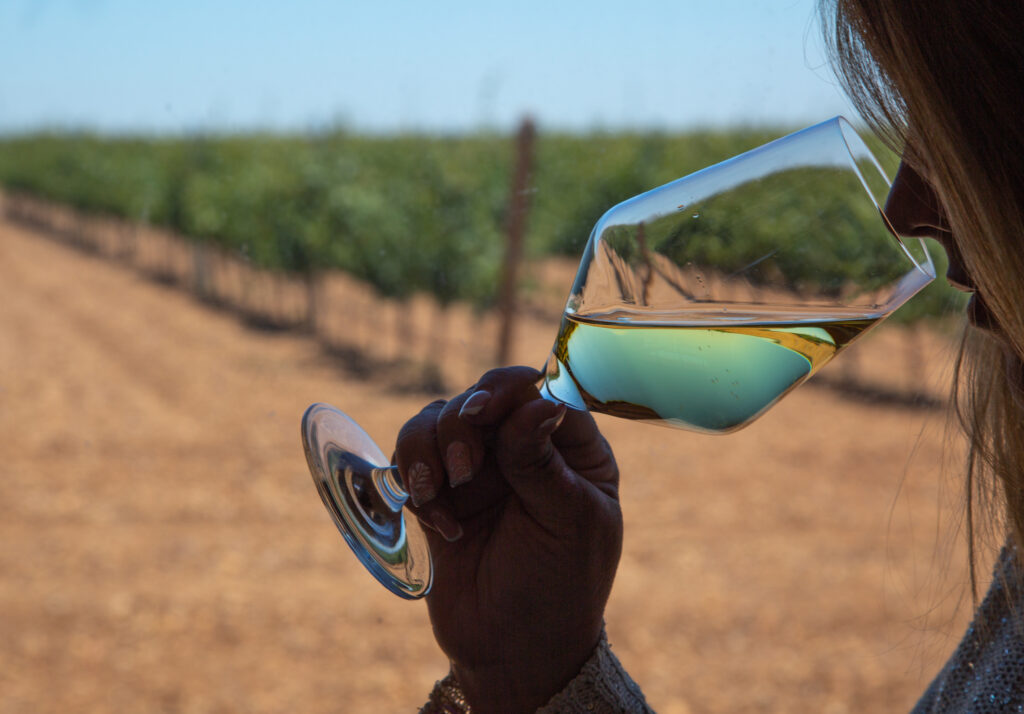Smell is the sense with the longest memory of all and, therefore, the one most closely linked to emotions. Learning to recognize the aromas of different wines helps to know them better, to discover their origins and even to associate them with different emotions. In short, to enjoy them more.
To begin to recognize the aromas of wine, it is essential to know the difference between aroma and odor. Aroma is the name given to all positive impressions during a tasting and odor when these expressions have negative connotations. For example, cinnamon or thyme would be aromas, but cork or humidity would be odors.
With the aromas we can know the grape variety with which it has been made, the procedure used in its production or its age, even intuit the type of soil on which the grapes grew.
We are going to explain how wine aromas are classified. First, there are the primary or varietal ones, then the secondary or fermentation ones and, finally, the tertiary or bouquet ones.
Primary or varietal aromas are those that come directly from the grape. This type of aroma is the result of the grape variety and the terroir. It is obtained through the nasal route.
Here are some examples of primary aromas discovered in white grape varieties. In the chardonnay: white flowers, peach… In the sauvignon blanc: tropical fruits, hay… In the macabeo: grapefruit, apple… And in the muscatel: rose, tuberose, jasmine…
And now some examples of primary aromas in red grape varieties. In cabernet sauvignon: blueberries, blackberries, raspberries, currants, green pepper, eucalyptus… In grenache: plum, cassis, green pepper… In syrah: wild blackberries, cassis, pepper, bay leaf… In tempranillo: red berries, raspberries, currants, black plums… And in merlot: cassis, red berry jam, green pepper…
Secondary or fermentation aromas originate in the alcoholic fermentation process. They are released when the wine comes into contact with the palate, which means that they are obtained through the retronasal route.
In the fermentation series, aromas of yeast, bread crumb, cookie, pastry, pastries… In the lactic series, aromas of milk, yogurt, fresh butter, fresh cheese, fresh and dry yeast… And in the amyl series, aromas of banana, acid caramel, nail polish, varnish…
Finally, the tertiary aromas or bouquet are developed during the aging or barrel aging phase. Like the secondary ones, they are obtained through the retronasal route.
In addition, these aromas can be of two types. On the one hand, oxidation, in wines aged in contact with air, they are characterized by the presence of aldehydic substances and their aroma is stable in air, or reduction. On the other hand, wines aged under the protection of air that can be destroyed when the bottle is opened violently. This bouquet reaches its perfection in the bottle.
Tertiary or aging aromas in white wines are classified by different series. Floral series: dried flowers, chamomile, heather… Fruity series: dried fruits, dried apricot… Confectionery series: honey, praline, almond paste, plumcake, shredded coconut, dried apricots… And wood and balsamic series: cedar, oak, white wood, soft wood, vanilla, smoke, pine, resin, eucalyptus, shredded coconut, tobacco…
Finally, the tertiary or aging aromas in red wines are also divided by series. Floral series: undergrowth, truffle, mushrooms, heather… Fruity series: ripe fruit compote, jam, figs… Spicy wood series: oak, pine, licorice, smoked wood, vanilla, cinnamon, tobacco… And finally, animal empyreumatic series, i.e. smoked notes: toasted bread, toasted hazelnuts and almonds, coffee, tobacco, leather, fur and feathered game, animal skin, blood…




